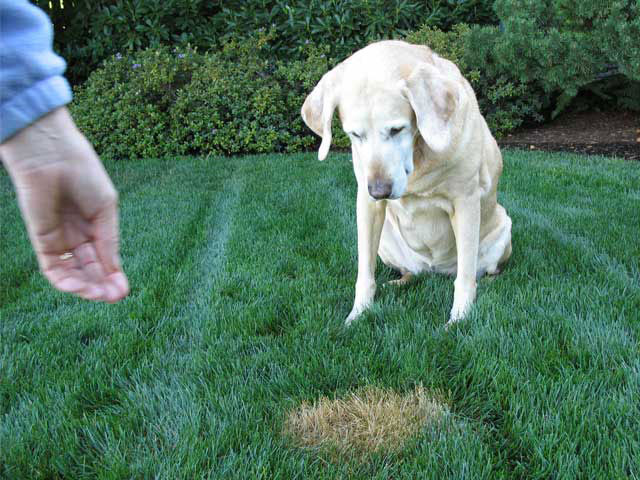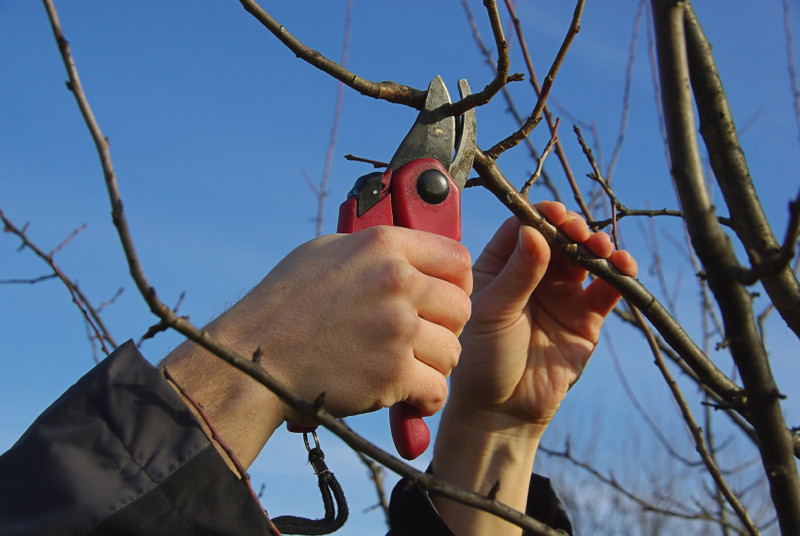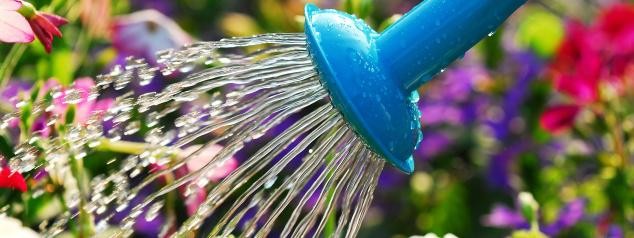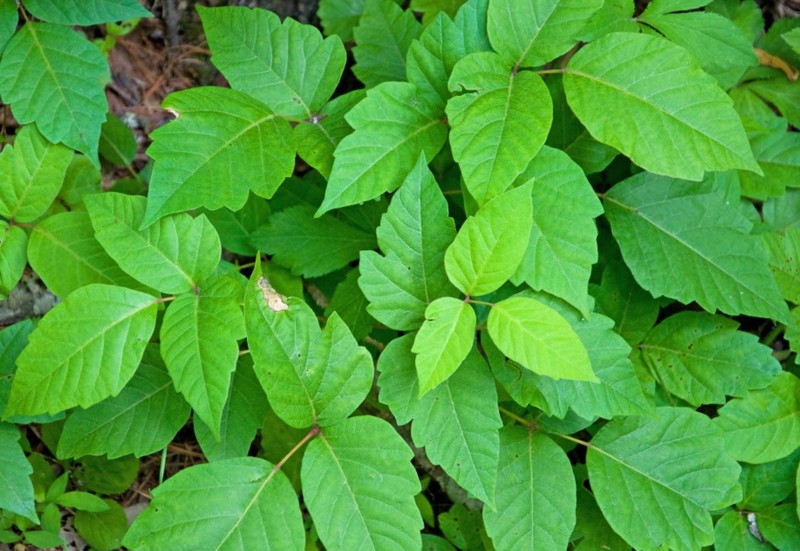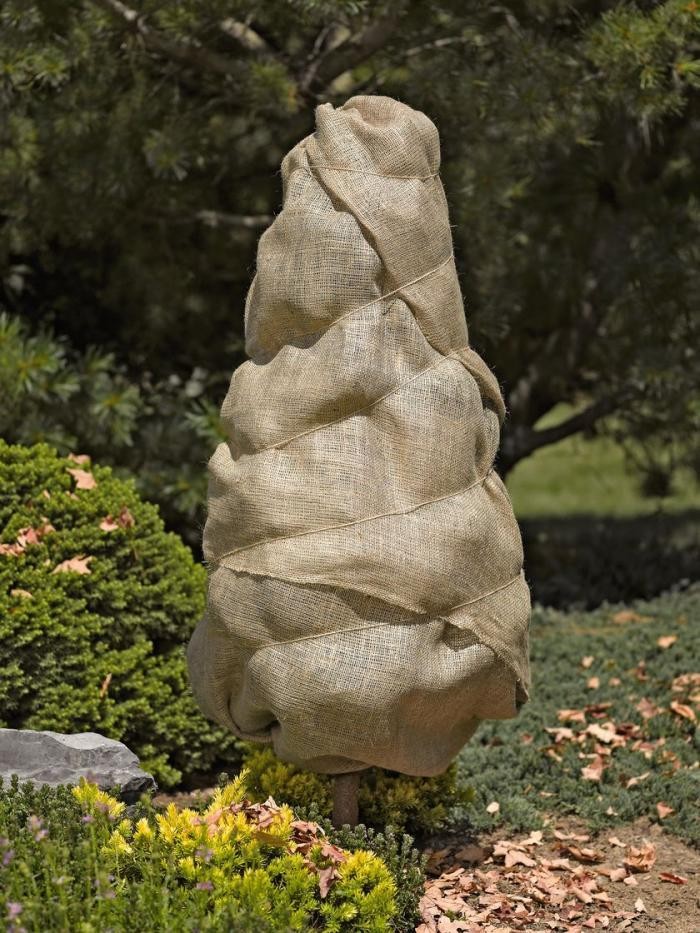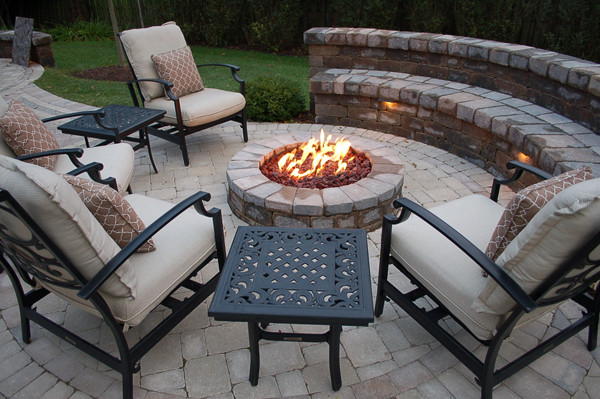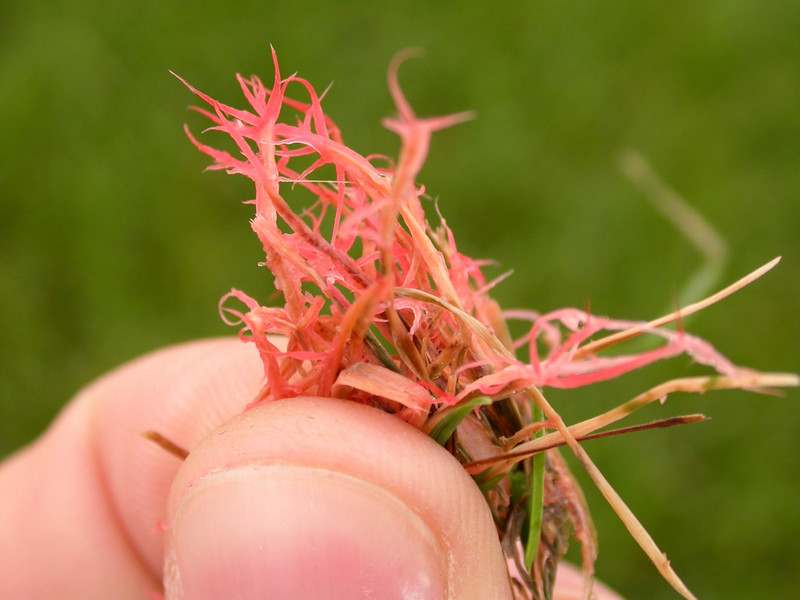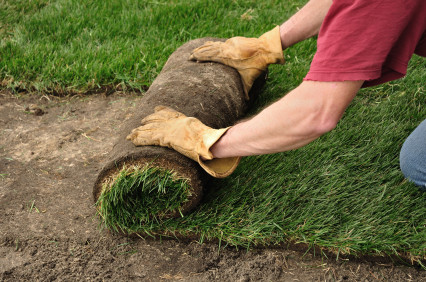 Buffalo & WNY Lawn & Landscape Blog
Buffalo & WNY Lawn & Landscape Blog
Fall Bulb Planting Tips for Buffalo
Sep 22nd, 2015
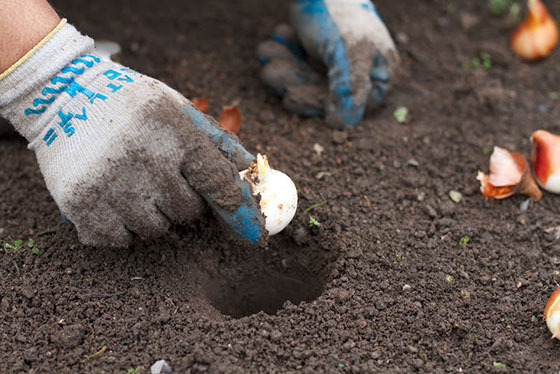
Fall Bulb Landscaping Tips for Buffalo: Often times the enjoyment we get from planting flowers in our yard is immediate. We plant them when they are small and watch them grow and fill out. Bulbs take more patience, but are well worth the wait. After an almost colorless winter, what can cheer you up better than seeing your bulbs begin to sprout when the snow melts? Bulbs are a great way to brighten up any garden, as long as you understand them and maintain them.
Why the fall, and how do I know it’s the right time?
- Spring blooming bulbs such as daffodils and tulips must be planted in the fall because they require a certain length of cool temperatures to spark the biochemical process that causes them to flower
- They need to be planted in the fall before the ground freezes to allow enough time for root growth
- When the soil temperature averages about 45°F it is safe to plant. Planting too early can trick a bulb into sprouting in the fall
What are my bulb options?
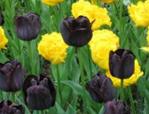 Tulips – One of the best choices if you are looking for a variety of colors and/or heights. You can find tulips in just about every shade of the rainbow. There are also options for early, mid, and late bloomers. Two of the tried and true varieties are Emperor and Apeldoorn. Tulips are great for border plantings. Just remember, in areas with large deer populations, it’s barely worth the effort to grow tulips unless you are extremely diligent about deer sprays. Even then, you may end up heartbroken.
Tulips – One of the best choices if you are looking for a variety of colors and/or heights. You can find tulips in just about every shade of the rainbow. There are also options for early, mid, and late bloomers. Two of the tried and true varieties are Emperor and Apeldoorn. Tulips are great for border plantings. Just remember, in areas with large deer populations, it’s barely worth the effort to grow tulips unless you are extremely diligent about deer sprays. Even then, you may end up heartbroken.
 Daffodils - One of the toughest bulbs out there. They do not come in as wide a range of colors as tulips do, but there are more options than just white and yellow. The great thing about Daffodils are that they are deer and rabbit proof. So plant away!
Daffodils - One of the toughest bulbs out there. They do not come in as wide a range of colors as tulips do, but there are more options than just white and yellow. The great thing about Daffodils are that they are deer and rabbit proof. So plant away!
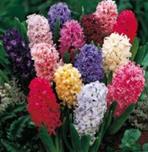 Hyacinth – Easily the most fragrant of the spring blooming bulbs. These are short and compact and come in a variety of colors. Usually the deer won’t bother them, but some varieties fair better than others.
Hyacinth – Easily the most fragrant of the spring blooming bulbs. These are short and compact and come in a variety of colors. Usually the deer won’t bother them, but some varieties fair better than others.
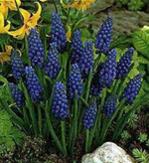 Muscari – AKA grape hyacinth. These little ones spread very quickly. They are not a good choice for a well-planned garden, but do great under trees and shrubs where they can grow freely.
Muscari – AKA grape hyacinth. These little ones spread very quickly. They are not a good choice for a well-planned garden, but do great under trees and shrubs where they can grow freely.
 Crocus – These are technically a corm not a bulb, but the basics of growing are still the same. They are probably the first flower you see. Oftentimes blooming through the snow. They come in white, yellow, purples and blue.
Crocus – These are technically a corm not a bulb, but the basics of growing are still the same. They are probably the first flower you see. Oftentimes blooming through the snow. They come in white, yellow, purples and blue.
What do I need to know about planting my bulbs?
- Bulbs need to be fertilized when planted so they can send out roots. For this they need phosphorus (the middle number of the three you'll see on the fertilizer bags). Phosphorus is not good at moving through the soil so make sure to place it in the hole. Bone meal is a great option because of its higher phosphorus content. One easy choice is Bulb Tone by Espoma that can be purchased at your local garden center.
- Most bulbs need to be planted point side up, frittilaria being the exception. It should be planted on its side.
- A good rule of thumb when figuring planting depth is to plant them twice as deep as the height of the bulb. Most packages will tell you how deep to plant them.
- Bulbs need to be planted in well-drained soil to avoid rot.
How do I care for my bulbs in the spring
- All of the food and energy that was in the bulb has now been expended into growing the leaves and flower. The best thing you can do is to leave them alone. Often people want to cut them off because they begin to look yellow and ugly. Go ahead and remove the flower stems but refrain from cutting down the plants as the energy and food in the leaves will return to the bulb. Once they are completely brown go ahead and remove them.
- Applying a slow release fertilizer in the early spring or even the fall is acceptable but not really necessary if you are allowing the plants to naturalize.


